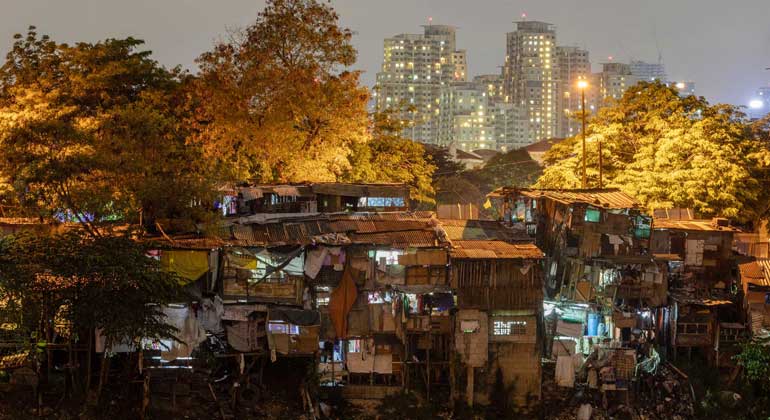The future will be decentralized
ON THE INTERNET, as a friend recently reminded me, everything looks permanent until it isn’t. As technology evolves, the most profound and destabilizing change is likely to be the transition from centralized internet services to decentralized ones.
Centralized services typically are run by companies or institutions, such as Facebook, Twitter, or Amazon. There is a command structure and a boss, and changes can be made by deliberate decision. In this parlance, even Wikipedia counts as centralized, though the editors and contributors are scattered around the world.
Decentralized services are harder to define, but two simple examples may be helpful. The first is e-mail, which consists of networks of rules and interconnections not owned by any one company or institution, even though your e-mail provider might be.
The second is the World Wide Web itself, a series of protocols with a huge amount of stuff built on top of it. Bitcoin also operates in a decentralized way, unless a majority of the blockchain miners decide otherwise, which is very difficult to pull off.
When I hear laypersons discuss the future of the internet, the most common question is what kind of company or service is coming next. Clubhouse, the audio discussion forum, is one recent innovation in social media, and no doubt there will be more.
When I hear internet entrepreneurs discuss the future, the biggest question is what kind of decentralized service or platform might be next. The internet has gone through numerous fundamental changes since its origins in the 1960s, and more smart people are working on innovation than ever before. There is no good reason to assume the status quo is sacred; in fact there is ample reason to suppose otherwise.
The technology entrepreneur Balaji Srinivasan predicts a radically decentralized future. In his frequent Twitter postings, crypto and decentralization will swallow the world, to paraphrase Marc Andreessen’s decade-old claim about software. If Twitter censors some of its posters, users can seek out new platforms that do not allow such intrusions.
Why not, for example, put social media on blockchains and have efficient cryptocurrency micropayments to reward those who help maintain such mechanisms? Censoring postings on such a service would be as difficult as trying to overwrite a blockchain ledger, which is to say very difficult. (Indeed such postings would be a blockchain ledger, albeit in a more digestible form.) And instead of having to deal with the content rules of Twitter or WhatsApp, perhaps you could customize and build your own rules.
According to Srinivasan, such exchanges — for not only money but also information — will eventually evolve beyond easy governmental or gatekeeper control. It may even be hard to recognize what money is anymore. This is a world that would have made no sense if you had tried to describe it to anyone a mere dozen years ago.
Another vertigo-inducing vision of the future can be glimpsed at zora.co. If you are initially baffled — join the club! Think of Zora as like Spotify, except for more than just music, and the creators keep the rights and sell at prices they decide. It attempts to be an open-source ecosystem for building the future of art.
If radical decentralization does come about, the concept most in need of radical revision may be adjudication. Have you read those stories of people who have their crypto wallets hacked and have no bank or intermediary to go to for a refund? Or of those people who cannot remember their crypto passwords and will lose millions in locked accounts as a result? It is possible that this kind of thing will become far more common, and notions of control will require a wholesale rethinking.
Having grown up in an analog world, I find these ambitious visions both unsurprising and bewildering. On one hand, I have seen the transition of so much activity to the digital world that another major revolution should not shock me. On the other hand, (a possibly atavistic) part of me likes knowing that someone or something is in control, whether it’s a government, a bunch of people in Mountain View, or even just my dean.
“Life on the blockchain” feels alienating in a way that goes beyond old-style Marxist concerns. (Remember, I am the kind of guy who prefers to slip coins into the parking meter rather than download the app.) When I ask myself what services I am really missing, I find I’m far more interested in a new Chinese restaurant in my town than new open-source platforms to enable innovations I will never quite understand. — BLOOMBERG OPINION



